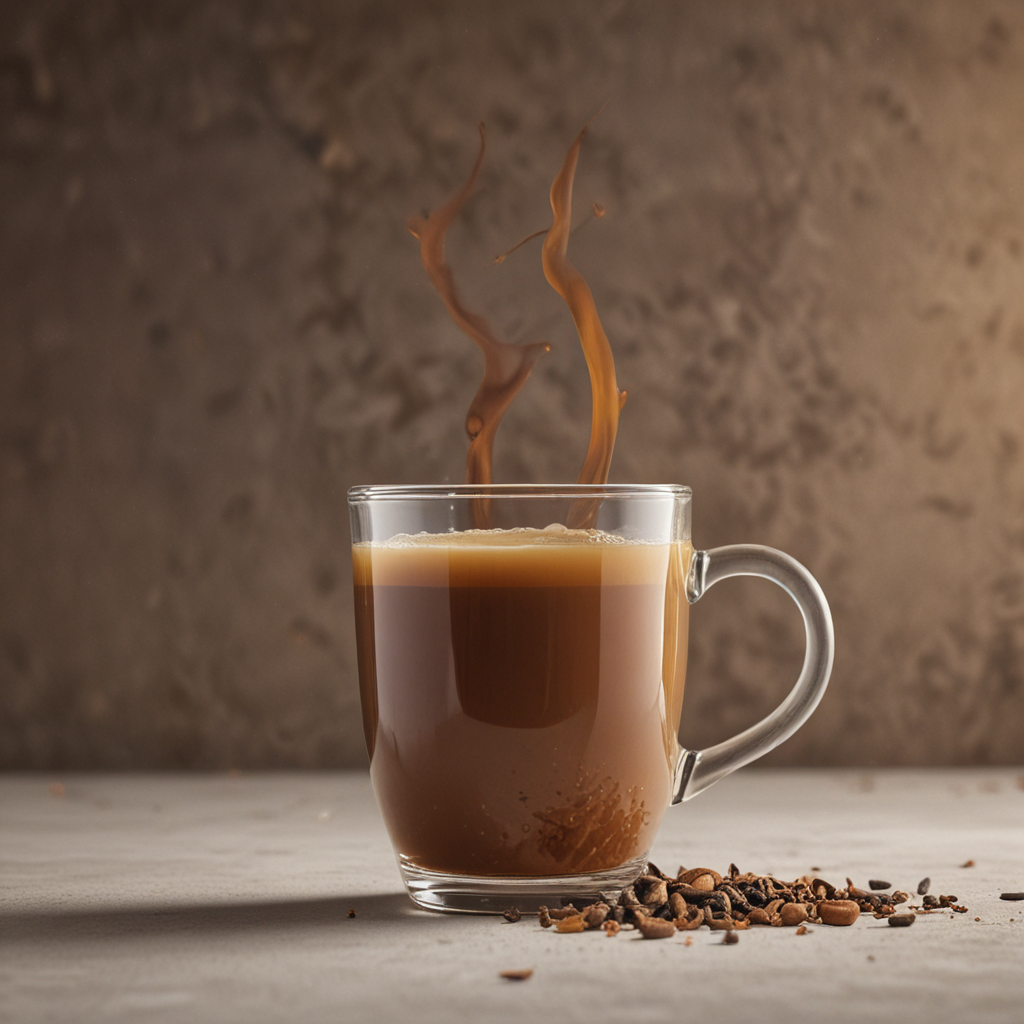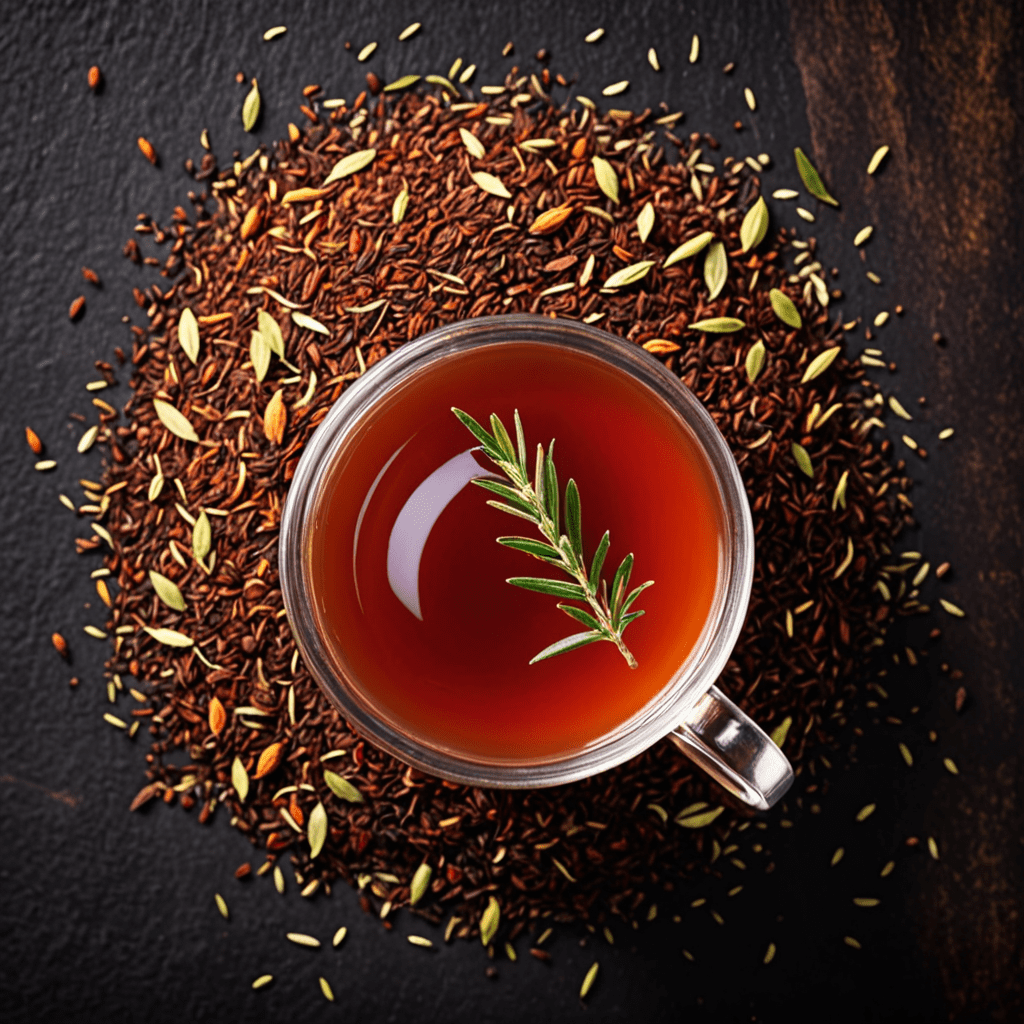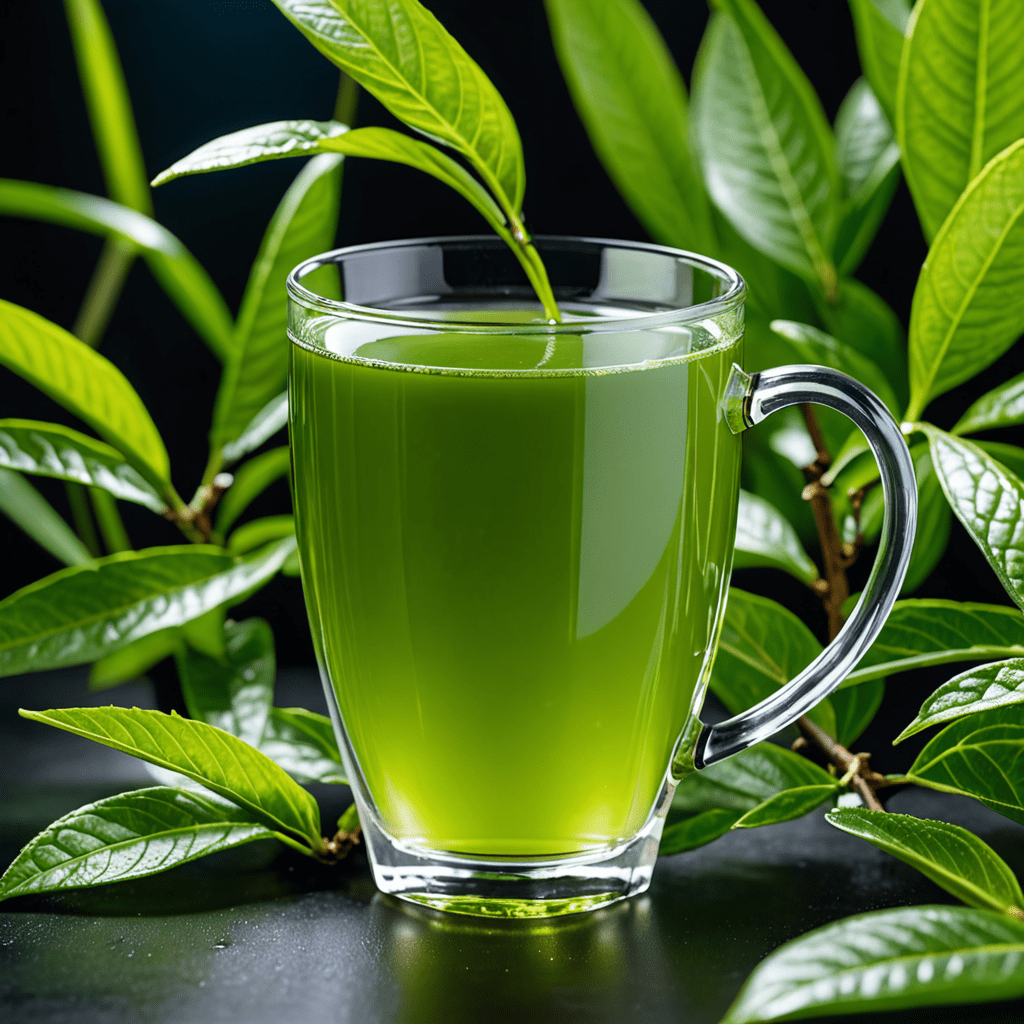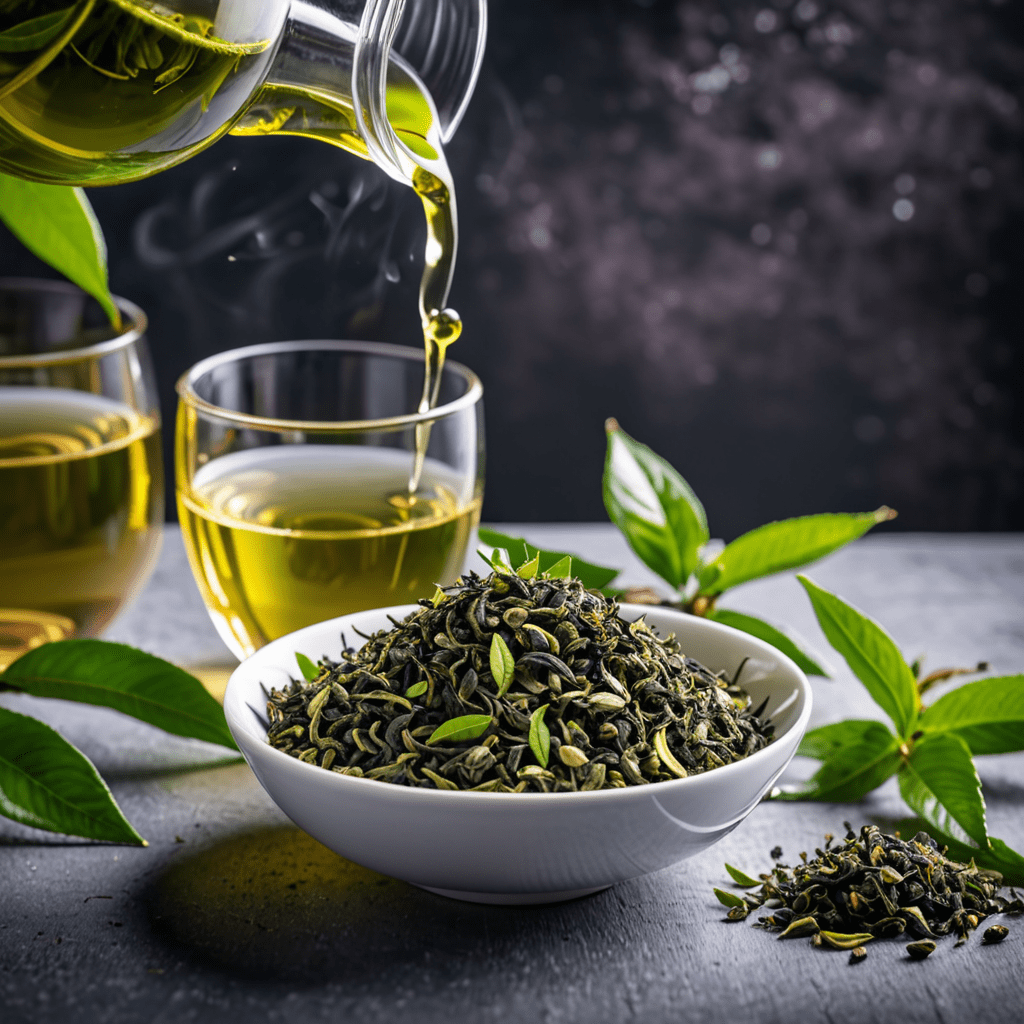
Chai Tea: The Perfect Blend of Tradition and Taste
I. Origin and History of Chai Tea
Chai, a beloved aromatic beverage, originates from the vibrant tapestry of Indian culture. Its history dates back centuries, with its roots intertwined with the traditional Ayurvedic medical system. The word "chai" itself translates to "tea" in Hindi, reflecting its central role in Indian society. Steeped in tradition, chai was a staple in Indian households, providing both sustenance and medicinal benefits. Today, chai remains an integral part of Indian culture, enjoyed in homes, tea stalls, and street corners alike.
II. The Unique Ingredients of Chai Tea
Chai's distinctive flavor and aroma arise from a harmonious blend of spices. Its core ingredients include black tea, cardamom, cinnamon, ginger, and cloves. Each spice contributes its own unique character: cardamom imparts a warm, aromatic note, cinnamon adds a sweet and spicy depth, ginger provides a lively zest, and cloves bring a touch of pungency. Other variations may incorporate anise, nutmeg, or pepper, adding further complexity to the chai experience.
III. Preparation Methods for Authentic Chai Tea
Authentic chai tea requires careful preparation to fully extract its flavors. Traditionally, chai is brewed in a small pot or saucepan known as a "kadhai." Whole spices are gently simmered in milk and water, releasing their aromatic oils. The black tea is then added and allowed to steep for a few minutes, infusing the liquid with its rich tannins. Sugar or jaggery (unrefined cane sugar) is added to taste, creating a perfectly balanced blend of sweetness and spice.
IV. Variations and Customizations of the Chai Tea Experience
The chai experience is highly customizable, allowing for endless variations to suit individual preferences. The type of black tea used can influence the overall flavor profile, with Assam, Darjeeling, and Ceylon teas being common choices. The ratio of spices can also be adjusted to create a more dominant or subtle spice presence. Additionally, some variations incorporate condensed milk for a richer, creamier texture.
V. Health Benefits of Chai Tea
Beyond its captivating taste, chai tea boasts an array of potential health benefits. Its blend of spices has been traditionally used in Ayurvedic medicine for their therapeutic properties. Ginger aids digestion and may have anti-inflammatory effects, while cinnamon may help regulate blood sugar levels. Cardamom and cloves possess antioxidant properties, supporting overall well-being. The black tea in chai provides a source of caffeine, which can boost alertness and enhance cognitive function.
VI. Chai Tea as a Cultural Tradition
Chai has deep cultural significance in India, where it is more than just a beverage—it is a way of life. Chai stalls, found on every corner, serve as social hubs where people gather to connect over a steaming cup of chai. The preparation and sharing of chai is an integral part of Indian hospitality, signifying warmth, welcome, and community. Chai has also found a place in religious ceremonies and festivals, adding a touch of sweetness and joy to these special occasions.
VII. Brewing Equipment and Techniques for Optimal Flavor
The choice of brewing equipment can impact the flavor of chai tea. For an authentic experience, a traditional kadhai or a small saucepan is recommended. Stainless steel or cast iron pots are ideal, as they evenly distribute heat and prevent the spices from burning. Using a strainer or cheesecloth to filter the tea after brewing ensures a smooth, rich texture. Allowing the chai to simmer for an extended period enhances the extraction of flavors, creating a more robust and full-bodied beverage.
VIII. Pairing Chai Tea with Food and Snacks
Chai's versatility extends beyond its role as a standalone beverage. It complements a wide range of snacks and desserts. The warmth and spice of chai pair beautifully with sweet treats such as baklava, Indian sweets like jalebi and gulab jamun, or freshly baked cookies. For a savory accompaniment, consider crispy samosas, vegetable pakoras, or spicy fritters. The contrasting flavors and textures create a delightful symphony of taste and aroma.
IX. The Modern Popularity of Chai Tea in Western Culture
Chai tea has gained immense popularity in Western cultures over the past few decades, transcending its Indian roots and becoming a beloved beverage worldwide. Its exotic flavors and potential health benefits have attracted tea enthusiasts, coffee drinkers, and health-conscious individuals alike. The rise of specialty tea shops and the availability of pre-packaged chai blends have made it easily accessible to a global audience, leading to its widespread consumption and appreciation.
X. Conclusion: Chai Tea as a Timeless and Versatile Beverage
Chai tea stands as a testament to the enduring power of tradition and the boundless possibilities of blending flavors. With its origins steeped in Indian culture and a taste that delights palates worldwide, chai has proven to be a timeless beverage. Its versatility allows for endless variations and customizations, catering to every taste. As a source of warmth, comfort, and potential health benefits, chai continues to captivate tea lovers, leaving a lasting impression with every sip.
FAQ
1. What is the caffeine content of chai tea?
The caffeine content of chai tea varies depending on the type of black tea used and the brewing method. Generally, chai contains less caffeine than coffee but more than green tea.
2. How long should chai tea be steeped?
For optimal flavor, chai tea should be steeped for 5-10 minutes. Steeping it for too long can result in a bitter taste.
3. Can chai tea be made without milk?
Yes, chai tea can be made without milk by substituting it with water or plant-based milk alternatives like almond milk or soy milk.
4. What are some popular chai tea variations?
Common variations of chai tea include adding honey or maple syrup instead of sugar, incorporating additional spices like nutmeg or pepper, or using a different type of black tea like Earl Grey or Darjeeling.
5. Where can I find authentic chai tea?
Authentic chai tea can be found in Indian restaurants, tea shops, and specialty grocers. It is also available in pre-packaged blends at most supermarkets.


